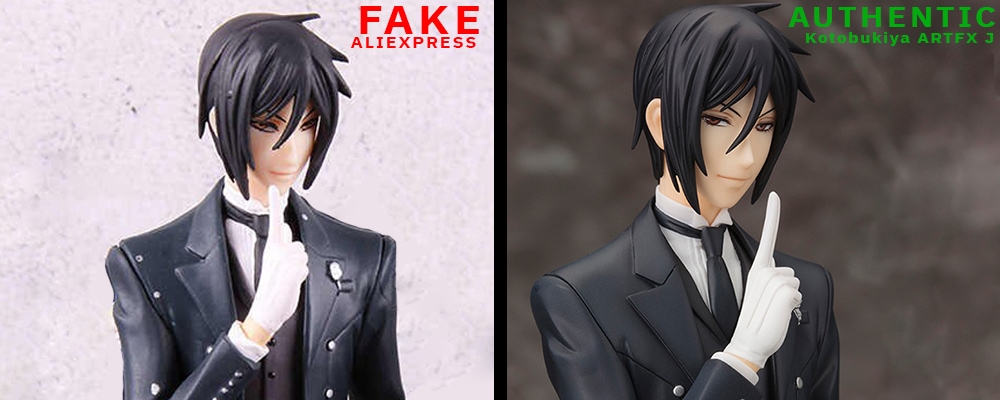No products in the cart.
Bootleg Information
What is a bootleg figure?
A bootleg is a figure that does not have any proper licensing or approval. Generally, bootlegs are copycats (normally of lesser quality) of actual, licensed figures which are sold to collectors under the guise of the legitimate figure.
How do you spot a bootleg?
Manufacturer seal:
This one is an easy giveaway! If a figure includes a sticker of authenticity from the manufacturer, you should definitely expect it to be there. Important to note though, is that a manufacturer might not always be consistent with seals. One release might include a seal, while another may not so keep this in mind!
Logo:
Another common giveaway is the company logo. Even though the production of bootlegs is generally illegal, bootleggers often don’t include a logo since this is direct trademark infringement. In some instances, bootleggers may include a logo, but there will be a slight misspelling in an effort to trick you – be careful!
Packaging:
The boxes for bootlegs really run the gamut, but there are a few things to watch out for. First, we would recommend checking online to find photos of the authentic figure’s box. If the box you see is completely different, check to see if there were any previous releases with a different box.
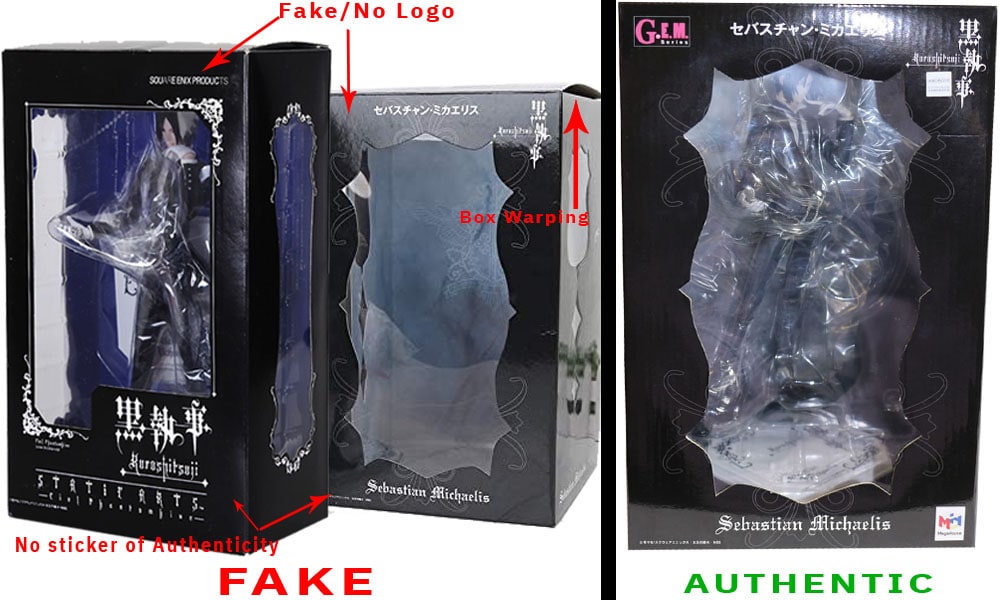

Smell:
Bootlegs can sometimes have quite a chemical-heavy odour.
Painting:
Bootlegs are infamous for their poor paint quality. Sometimes the colouring will go out of the lines, or the lines themselves will be poorly drawn. Gradients and textures are usually badly done or are skipped altogether. Because there are no checks in place for quality, paint bubbles are also really common with bootlegs.
Joints:
The joints of an authentic figure normally allow for smooth posing and almost no resistance when being adjusted. They are also made to blend in with the body of the figure so they are not overtly obvious.
With bootlegs, though, the joints of a figure are normally poorly or awkwardly made. The pose-ability is severely impacted (jerky movement or a lot of force required to adjust) and the joints can also be very noticeable (they may stick out more or have large amounts of space between parts).
Weight:
Bootleg figures are many times lighter than the official as to help decrease manufacturing costs.
Released before official release date:
To get a jump on the market, bootleg figures can be released before the official release date. Always look up official releases dates if unsure. Keep in mind some products do get reissued so also look up rerelease dates.
China Version?
If you see a figure being listed as a China version, International version, or Unlicensed version, you’re almost certainly looking at a bootleg. The only time this is NOT the case is if the figure is officially released with these modifiers in the title (like Hatsune Miku v4 Chinese)!
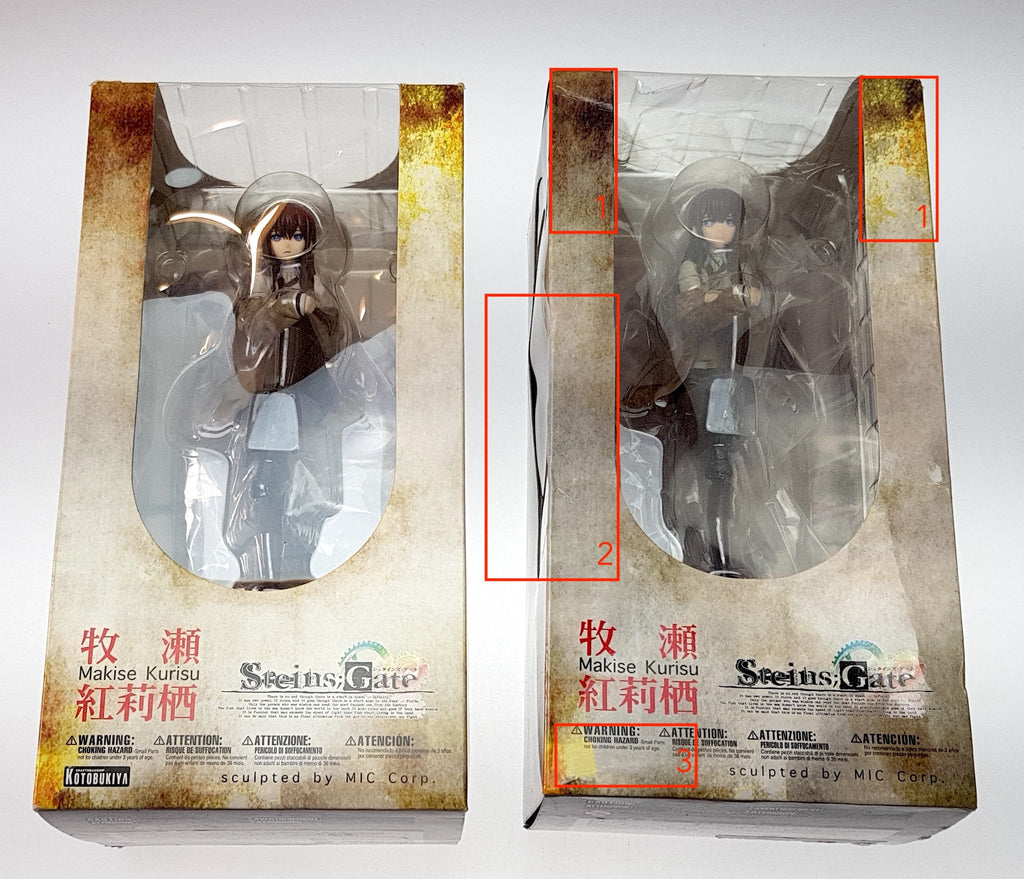



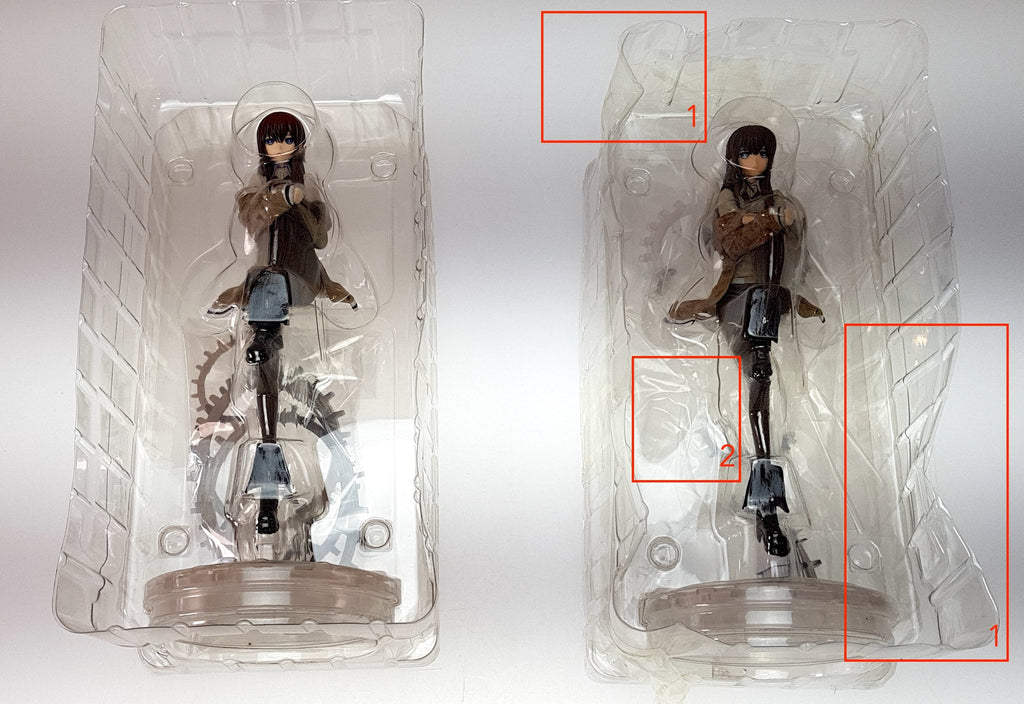

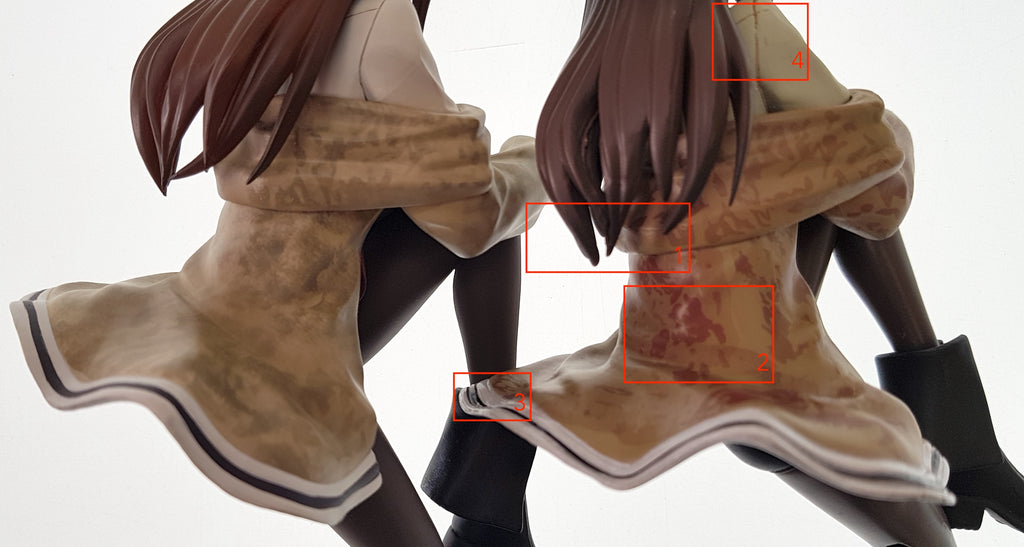

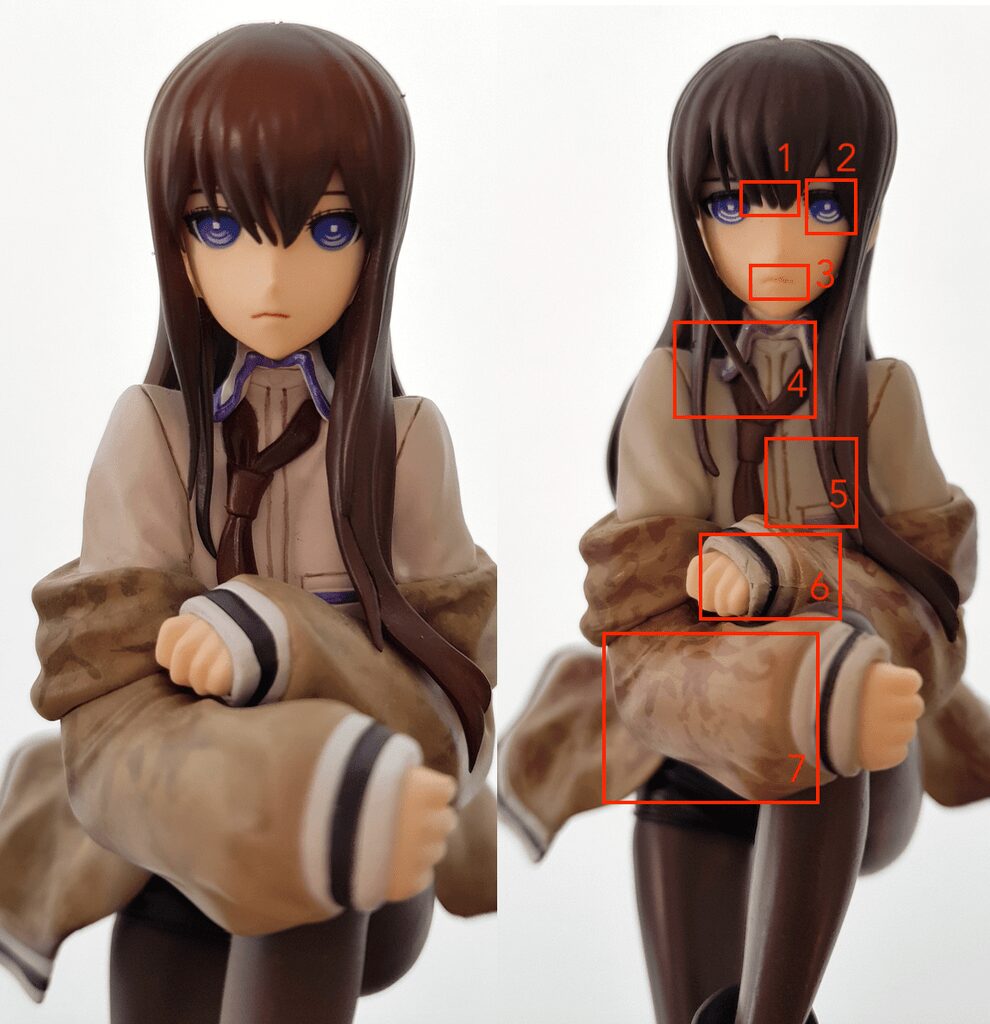

Bootleg Plush
Authentic plush have the manufacturer’s label sewn on or attached via a plastic tag with copyright information. Bootlegs do not or are replicated with misspelling or missing information. Bootleg plush are also lower in quality:
-Wrong body dimensions (longer or shorter arms, ears, etc.)
-Short, cheap fur
-Bad stitch work
-Missing or incorrect details (Stripes, patterns, colours etc.)
-Not fully stuffed
Why are bootlegs an issue?
Some collectors see bootlegs as an opportunity to save money while continuing their hobby.
The bootleg industry is a vicious one as many bootleggers are often involved in more than just fake figure production. Many times, these fake figures are only one vein of income for large criminal groups. While difficult to confirm, some stories of illegal procurement practices go so far as to include intimidation and physical violence towards workers at legitimate figure factories. Additionally, the counterfeiting industry is notorious for its use of sweatshops and child labour. Without any regulations or standards to uphold operations, bootleggers will look to produce as much as possible for as little as possible. Lastly, the support of bootleg figures doesn’t just affect a manufacturer with lost income and support. The anime industry as a whole relies on merchandise sales, so everyone from the figure manufacturer to the anime creator will bear the brunt of these lost sales.
What can you do to protect yourself from bootlegs?
Pricing, to good to be true?
Sometimes during the search for a figure, you’ll come across the deal of a lifetime. While a good price is not a definite indicator of a fake, it can be a warning sign. If the figure is significantly cheaper than its market value, there’s a good chance it could be a bootleg.
Common listing names for Bootlegs:
-Unlicensed ver.
-International ver.
-Just simply calling it “Sexy Japanese Anime figure girl toy” etc with a ton of keywords at the end. (cute, action figure)
-Unbranded ver.
-Recast
